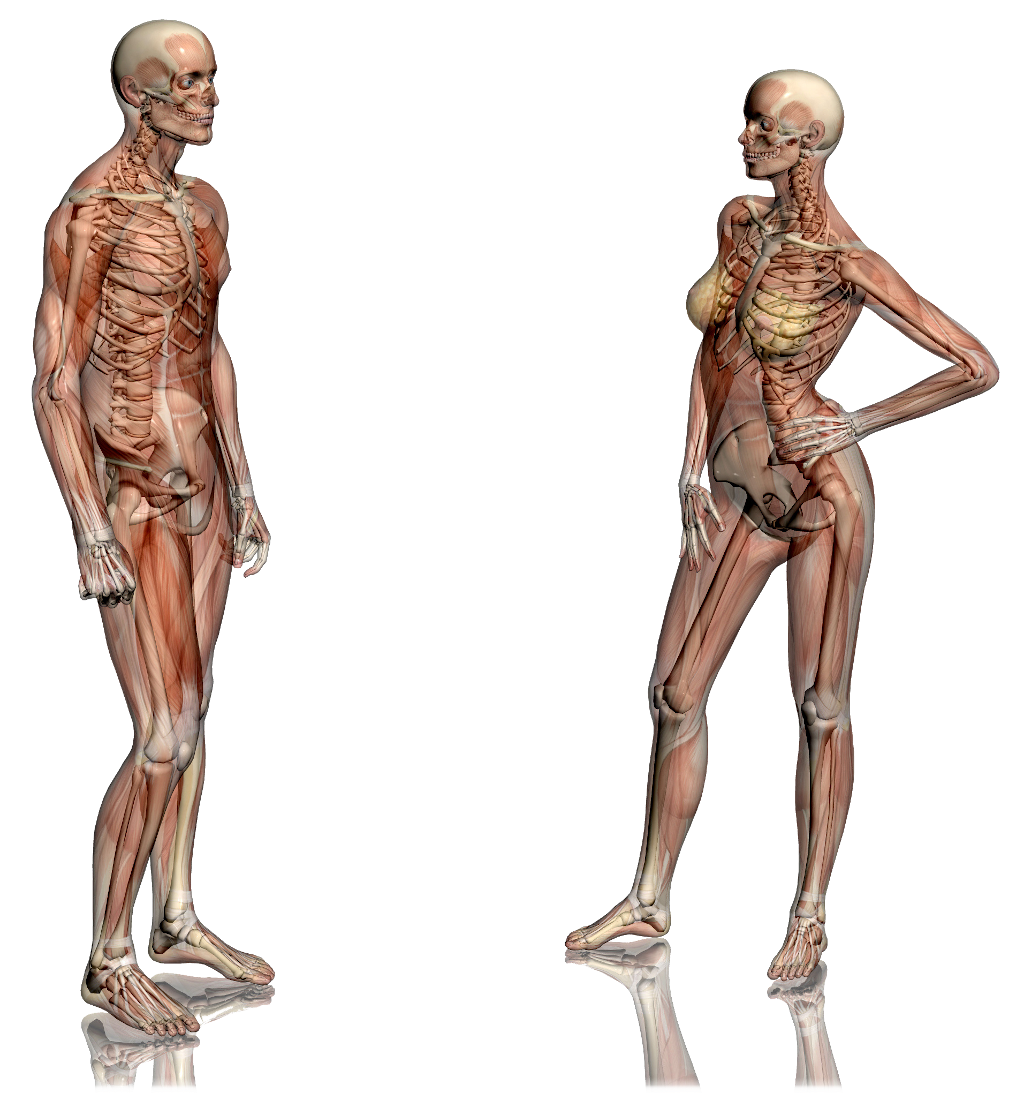
Gender Safety
How are sex, gender, and identity misunderstood?
Science has plenty to say on this subject. But more than anything else, historical evidence since the written record and longer demonstrates two genders. The two genders are male and female derived from biological sex. This is the natural order of the human being and fundamental to the procreation of the Homo sapiens species. Without this natural biological system there would be no evidence of humans on the planet.

The primary quality that distinguishes the male from the female human are their individual reproductive systems. Men and women are dependent upon each other to reproduce. Neither can perform the task independent of the other. The male and female human being forms a symbiotic biological unit that begins with conception and ideally maturates into a family structure. From there the process repeats to form societies.
Protecting Gender
It is a matter of survival that gender exists. Modern ideologies attempt to confuse sex, gender, and identity.
There is clear distinction between sex, gender, and identity. Sex is an inflexible reality of the Homo sapiens species. Identity is an expansive territory of psychology. Gender is the internalized traits human beings develop through the formative years of childhood. Identity is an abstraction of mental processes that amalgamate a sense of self additive to gender. These concepts of self are foundations of personal meaning and harmony. Identity can also change over the course of an individual’s life-span due to a vast myriad of factors. Sex cannot change, even if the identity wants to. Gender, in modern terms, has flexibility for the sake of personal needs. The identity can exert itself only as far as an individual can personally believe their own assertions. If the assertion overrides the normal coherence between sex and gender, then the only thing remaining to change is the sex of the individual to coordinate with the identities’ influence. When identity forces the reality of sex to capitulate to gender ideologies that are atypical, there is a danger of physical harm that may be permanent.
Reasonable Gender Reailty
Will changing gender roles help in the long run?
Homemaker, wife, and mother, are classic gender roles for women. Bread winner, protector, and husband are classic roles for men. The modern American society creates an environment for men and women to take on roles that are outside the classic expectations of the past. Some of these modern ideals are balanced, and some are extreme. Gender roles can be seen through the lens of family or through independence that may include or exclude some or all parts of the family philosophy. Society has a direct dependency on the family structure to form sustainability for communities, cities, nations, and ultimately civilizations. It is important to note that new thoughts on these matters can directly impact the way our communities prosper or falter. A strong push has been made in the last decade to point out exaggerations of these roles as being toxic or otherwise condemned in the public eye. Even though there is great attention given, the underlying aspect of these roles is cemented into the symbiotic nature of women and men, especially from the perspective of procreation. Historical records and strong scientific evidence suggests that the balanced expression of gender roles contribute to a healthy society. It is equally demonstrated that a break from the normal expression of these roles contributes to broken families, dependence on welfare, and unruly children. While it is good to keep men from being abusive, it is equally good for men to behave like gentlemen and shoulder the greater responsibility for the safety and provision of the family. The same features can be said for women, as the need for nurturing mothers, emotional stability, and organization are essential to harmony. Children learn these roles though observation in the formative years. If they witness a gentle and loving father both care for and show physical affection to their mother, they will integrate that symbiotic feature into their personal understanding of roles associated with mom and dad. Equally, seeing a caring and attentive mother support their father will further solidify the awareness of safety and reliability in the home. Generations that don’t see these things happen while they were growing up experience a learning deficit that can negatively impact their life later on.
Gender Truth
Family unity thrives on normal gender roles.
The truth is a stay-at-home dad may be a necessity or even a choice. It may also be the need for mom to work and not be at home as much. But dad doesn’t need to wear makeup and a dress to be dad at home. Neither does mom need to take on masculine features to work and make the earnings for the family. It is also the truth that there are abusive men and dead beat dads that have abandoned their responsibilities. The same can be said for women that made poor choices when selecting a man. The number of arguments for and against gender roles is numerous. But the support for their maintenance as demonstrated for countless years is remarkable when the family has good structure and harmony. Modern ideals for these concepts focus on the failures of the family and recommend a break from gender roles. But the suggestions typically end up in a worse scenario like dependence on the state and children that end up getting into trouble - and worse, growing up with poorly developed ideas of both men and women. Attempts to break down something as ancient as gender will have negative consequences. Nature and its selective process will always prevail over human’s insistence otherwise. Our first best destiny is to encourage men to be good, strong providers that protect and guide their children. This generates an emergent quality that attracts women of like mind to partnership in marriage and equally contribute to the family accord.